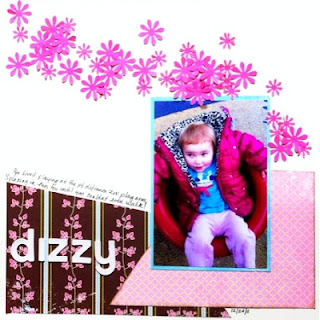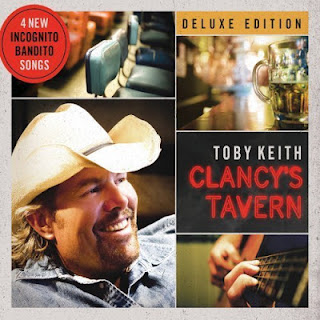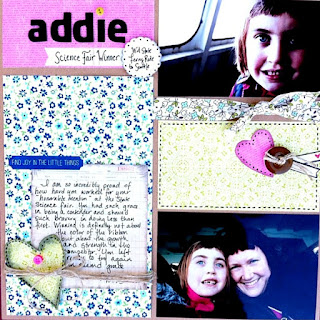I use sketchbooks.
I have found that the work, ideas or messes I leave in sketchbooks
eventually grows into something else. Typically I use a plain paper book, and a
quadrille (graph paper) book. I have a
hard time using my plain paper books because I decide they are “too nice” to ruin.
I don’t mind destroying my composition notebooks, so I use the two in different
ways.
Composition Notebook
 This is my dumping ground for ideas. I use them to
test out pens or doodle, and to make lists. I like them for pen tests because
most people know the weight, thickness, and size of the paper in relation to
the pen, the line and the writing. Things like paper weight, texture, and color
can significantly make a difference for a pen, and I like to present them on
equal ground. I also use composition
notebooks to draw layouts, so I can play with an idea on a scale piece of
paper. I also use them to keep clippings of inspiration pieces. Sometimes, I know what I want to do with a
piece, and sometimes, I keep it forever, and never do much with it. I suppose
it is kind of like a smash book concept, without the pressure to make it
anything in particular. This makes my composition notebooks pretty much a train
wreck, as you can see the ugly scotch taped in scraps above.
This is my dumping ground for ideas. I use them to
test out pens or doodle, and to make lists. I like them for pen tests because
most people know the weight, thickness, and size of the paper in relation to
the pen, the line and the writing. Things like paper weight, texture, and color
can significantly make a difference for a pen, and I like to present them on
equal ground. I also use composition
notebooks to draw layouts, so I can play with an idea on a scale piece of
paper. I also use them to keep clippings of inspiration pieces. Sometimes, I know what I want to do with a
piece, and sometimes, I keep it forever, and never do much with it. I suppose
it is kind of like a smash book concept, without the pressure to make it
anything in particular. This makes my composition notebooks pretty much a train
wreck, as you can see the ugly scotch taped in scraps above.


 This CD cover became this layout. I liked the blocking of the images. It could be interpreted from the colors, the type, or the feel of the photographs. I see how this would be a great Project Life inspiration piece
This CD cover became this layout. I liked the blocking of the images. It could be interpreted from the colors, the type, or the feel of the photographs. I see how this would be a great Project Life inspiration pieceSketch Books
I have several sketch books, and I use them
differently. I have a small 5x7 inch one that I use as a daily sketch journal.
I have some 3x5 ones with a heavier weight that I use as technique tests,
because they can handle mixed media, and heavier working than my current carry around
book. I also have some larger 8x11books
that I use when I am playing with a larger idea. Typically, the projects don’t become final from
a sketch book because I prefer a bright white paper, and sketch books tend to
run a little grey for my taste.

I have a hard time with the sketch books, especially because they are pricier than a composition book, so I
have come up with some tricks to use them. I have found that giving myself “challenges”
helps me to stay on track and get over the fear of ruining a sketchbook. I did
a gratitude challenge, and I noticed that that a couple of the sketches are
turning into formal pieces. Right now I am doing a song lyrics challenge, where
I sketch my favorite lyrics. I also am only using pen for these sketches, so any line I put down is permanent. This exercise helps to build confidence in line, because I have to work around any errors. I have found that putting parameters on creating
provides flexibility. By not deciding everything, you are able to decide something.
I think this is why sketches, color challenges, Pinspiration, and kits work so
well for scrapbookers. By limiting part of the decision making process, you
have a starting point.
This sketch from November evolved into this:
This sketch from November evolved into this:
Oh Pinterest, the time waster, inspiration source, and source of stolen ideas. In some ways, it is an electronic sketchbook. Here is my two cents about Pinterest. Pinterest is a great place to look at techniques, colors, ideas, and themes. A work can be deconstructed and analyzed to grow your work. Artists have studied other artists to learn for centuries, this is a modern adaptation of that tradition. That being said, if an inspiration piece ends up a project, you have to decide how to address the inspiration. If you make something from Pinterest, and post it online, if you do not credit the original creator, you are "stealing". It is often a judgment call. The thing is, most artists are gracious, and are thrilled that their work is being shared and enjoyed, so crediting the artist by name and linking back to the original work is appropriate credit. In my experience, when I have done this, I have had nothing but gracious responses. Credibility is a fragile thing, so being cautious about proper citation of an original source is an important skill.
Supply Reviews:
Composition Notebook: These are available almost everywhere. I like the spotty black and white ones that are thread and tape bound, but there are also options of pads and spiral bound books.
Exacompta Forum Plain Journal: This journal is the one pictured above. I hate it. The paper is thin, like a tissue. However, the cover is really cool, and the page corners are perforated for marking places. If you are using a ball point pen, it'd probably be ok, but my super black ink doesn't work with this.
Maruman Pocket Croquis: This is my mini sketch book. It is made for mixed media, the paper holds up to mild wet media, erasing, and dark ink. This is a perfect pocket sized sketchbook for on the go.
Moleskine: I adore Molskine, but they are expensive. I have a Watercolor and a Sketch book. The problem I have with Moleskine is that I feel guilty using them because of price. The paper is thick smooth, and I like the book bound style.
Spiral Notebooks: These offer the most variety and flexibility in paper style, weight, and type. They are ubiquitous and can be found at any craft, art or hobby store. If I use a spiral, I prefer pre-perforated pages.
~Venetia







0 comments:
Post a Comment